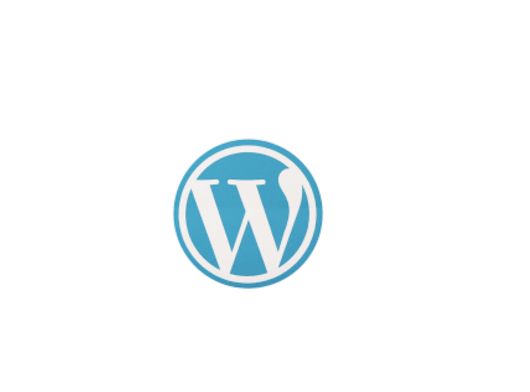
What is Laravel ? (Full Guide)
Laravel is a free, open-source PHP web framework used for web application development. It is developed by Taylor Otwell and has been actively maintained since 2011.
Laravel is known for its elegant syntax, tools for routing, authentication, and authorization, and support for object-relational mapping (ORM).
It also includes features such as a modular packaging system with a dedicated dependency manager, utilities for application deployment and maintenance, and its own templating engine called Blade. Laravel aims to make the development process a pleasing one for the developer without sacrificing application functionality. Laravel is a powerful and functional PHP web framework that provides a range of features and tools to help developers create web applications quickly and efficiently. Some of the key features and functionalities of Laravel include: Routing: Laravel includes a simple, expressive routing system that allows you to define routes for your application and map them to controller actions. Authentication and authorization: Laravel includes built-in support for user authentication and authorization, making it easy to secure your application and control access to different parts of the application.ORM: Laravel includes an ORM called Eloquent, which provides a simple and intuitive ActiveRecord implementation for working with your database. Blade templating engine: Laravel includes a powerful templating engine called Blade, which allows you to create reusable templates and extend layouts with dynamic content.
Artisan command-line interface: Laravel includes a command-line interface called Artisan, which provides a range of tools and commands for managing your application, including tasks such as database migrations and seeding. Package management: Laravel uses Composer for package management, which allows you to easily install and manage PHP packages for your application. Overall, Laravel aims to provide developers with a range of tools and features that make it easy to build modern, feature-rich web applications Laravel follows the model-view-controller (MVC) architectural pattern, which separates an application into three main components: the model, the view, and the controller. The model represents the data and business logic of the application.
It is responsible for interacting with the database and performing tasks such as querying and storing data.The view is the user interface (UI) of the application. It is responsible for displaying the data to the user and providing a means for users to interact with the application. The controller acts as a mediator between the model and the view. It receives input from the user, communicates with the model to retrieve or store data as needed, and then sends the data to the view to be displayed. In a Laravel application, routes are used to map URLs to specific controller actions. When a user makes a request to a URL, the request is routed to the appropriate controller action, which retrieves the necessary data from the model and passes it to the view to be displayed. Laravel also includes a range of tools and features that make it easy to manage application workflow and perform common tasks such as database migrations, task scheduling, and handling HTTP requests.


